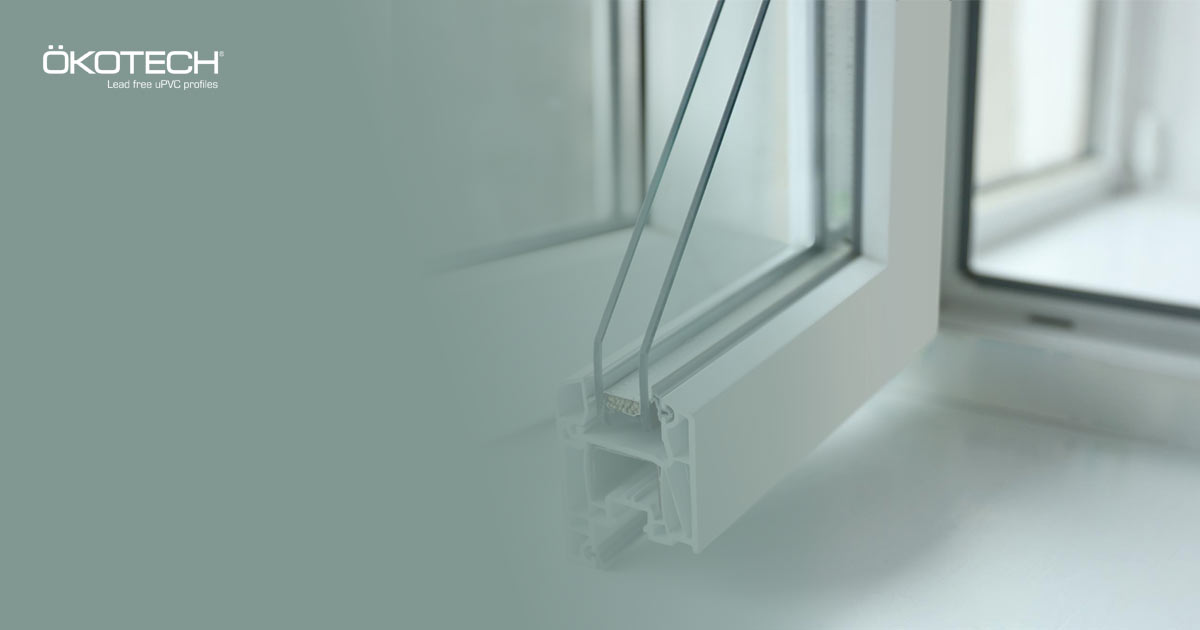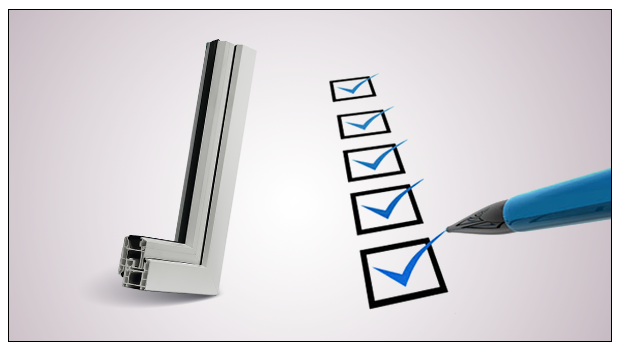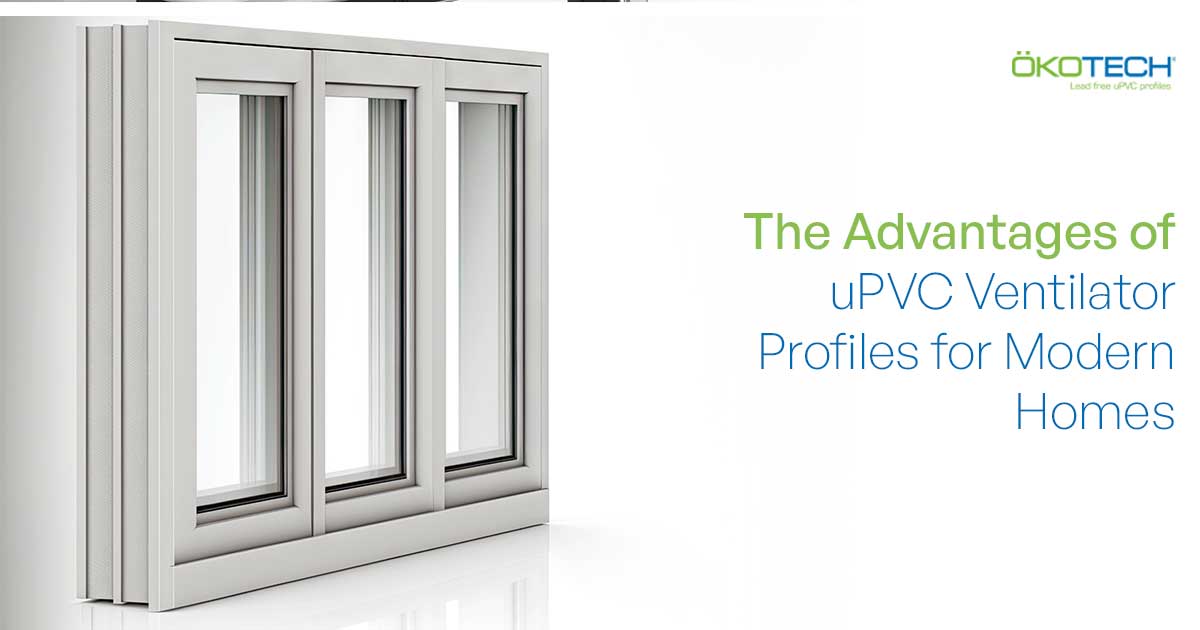The optimal functioning of your windows and doors depends on replacing the uPVC profiles at some point, regardless of how long-lasting and sturdy they are. At what point does it become necessary to replace the uPVC profile?
The following is a 5-point checklist for uPVC profile replacement:
Visible Damage
Signs of deterioration to the uPVC profile include cracks, warping, or discoloration. Noticeable damage affects the appearance of your home windows or doors, compromising their architectural honesty and insulation in buildings.
Difficulty Operating
If your doors or windows are becoming significantly more challenging to open, close, or secure, it may be because of a deterioration in the uPVC profile. Sticky or blocked devices indicate underlying issues that need fixing to ensure proper functionality, security, and safety.
Drafts and Leaks
If air leaks in or out around doors or windows in your house, check for gaps or seal failures in the uPVC profile. These areas negatively impact electricity performance, increasing heating and cooling costs. Changing the uPVC profile on your home’s windows or doors will restore its restricted seal and insulation.
Noise and Condensation
Insufficiency of uPVC insulation may manifest as condensation within the glass panes or an increase in sound transmission. Poor insulation negatively affects interior comfort and air quality, allowing sound and moisture to seep. You may fix these issues by switching to a new uPVC profile with better insulation.
Outdated Design or Technology
If you need to update the style or innovation of your uPVC profile, it may no longer meet your visual preferences or efficiency requirements. Updating to a contemporary uPVC profile with innovative attributes such as energy-efficient glass, multi-point security systems, and boosted safety and security alternatives can increase your house’s convenience, security, and worth.
Reach out to Okotech for uPVC door and window replacement.



